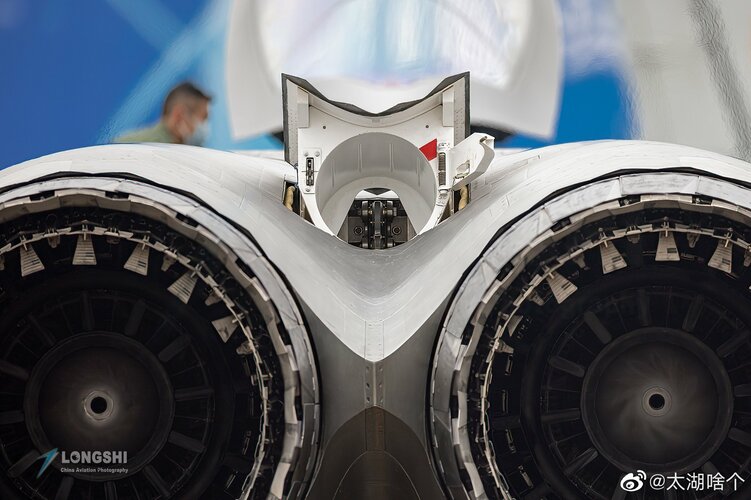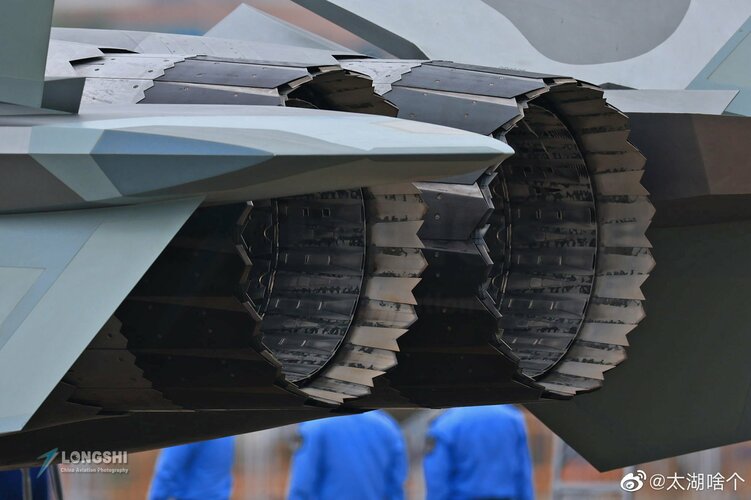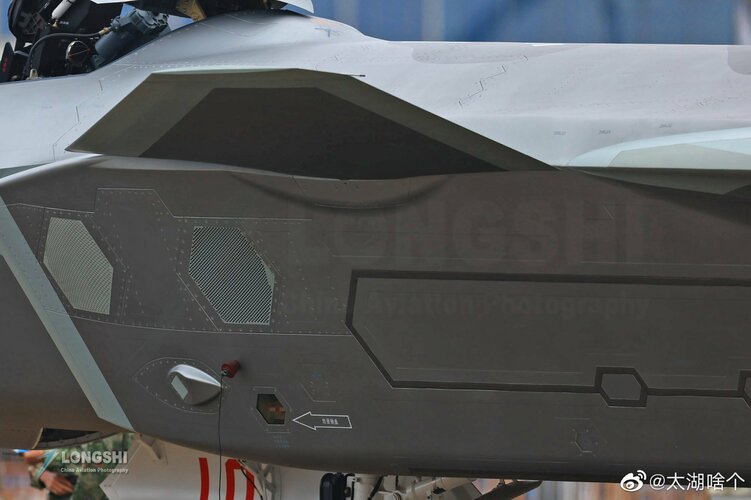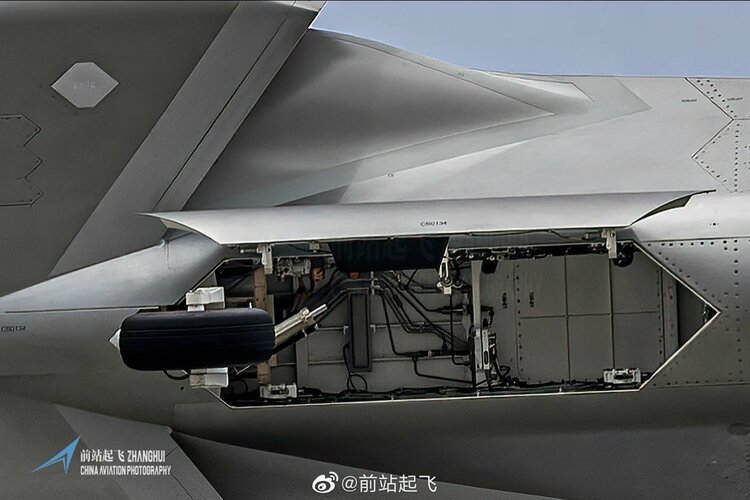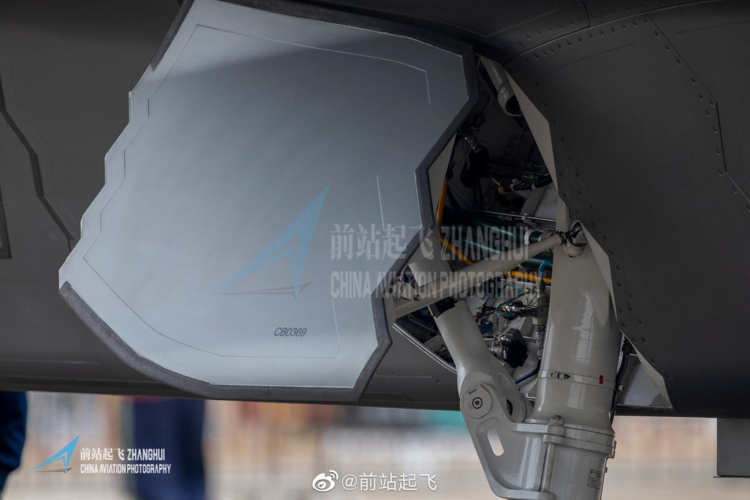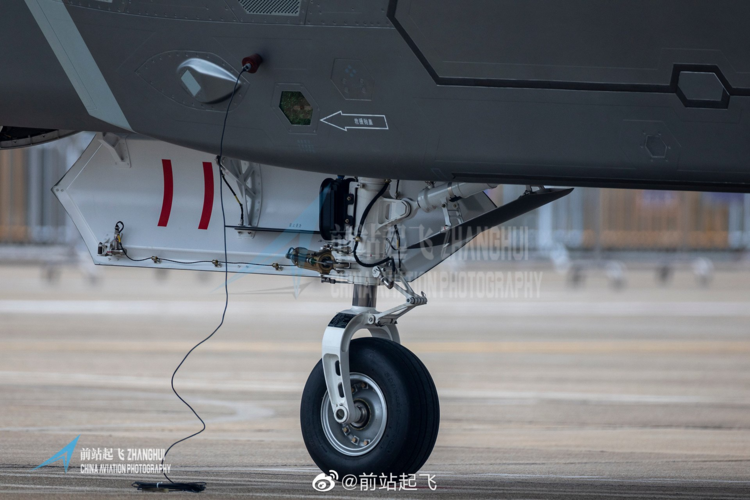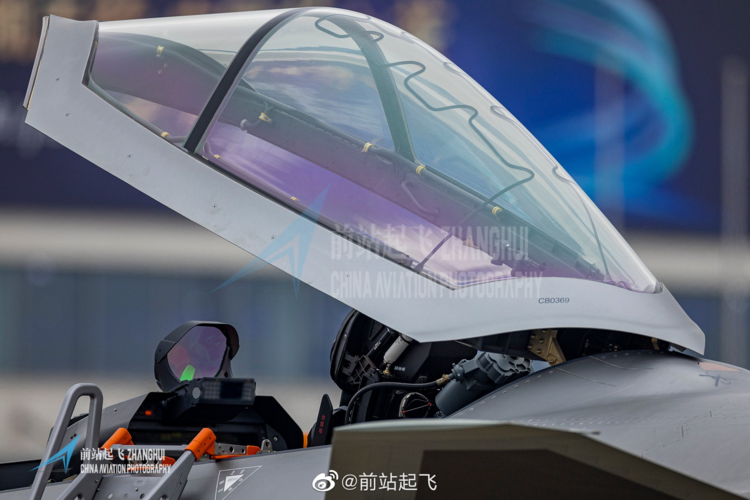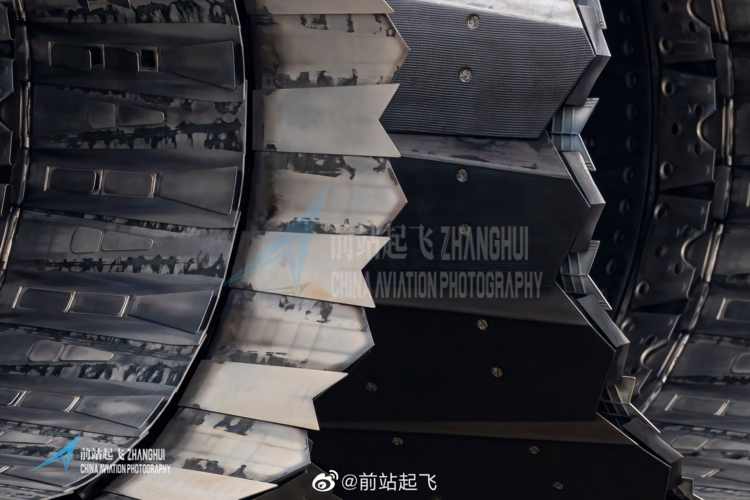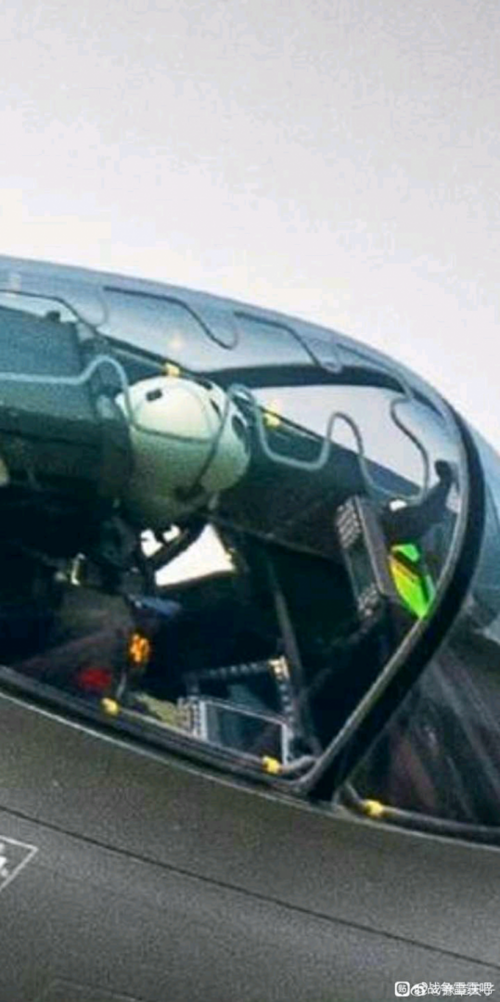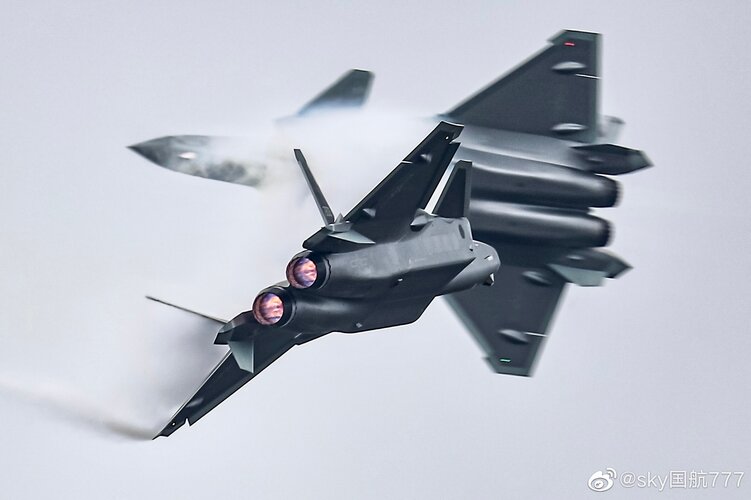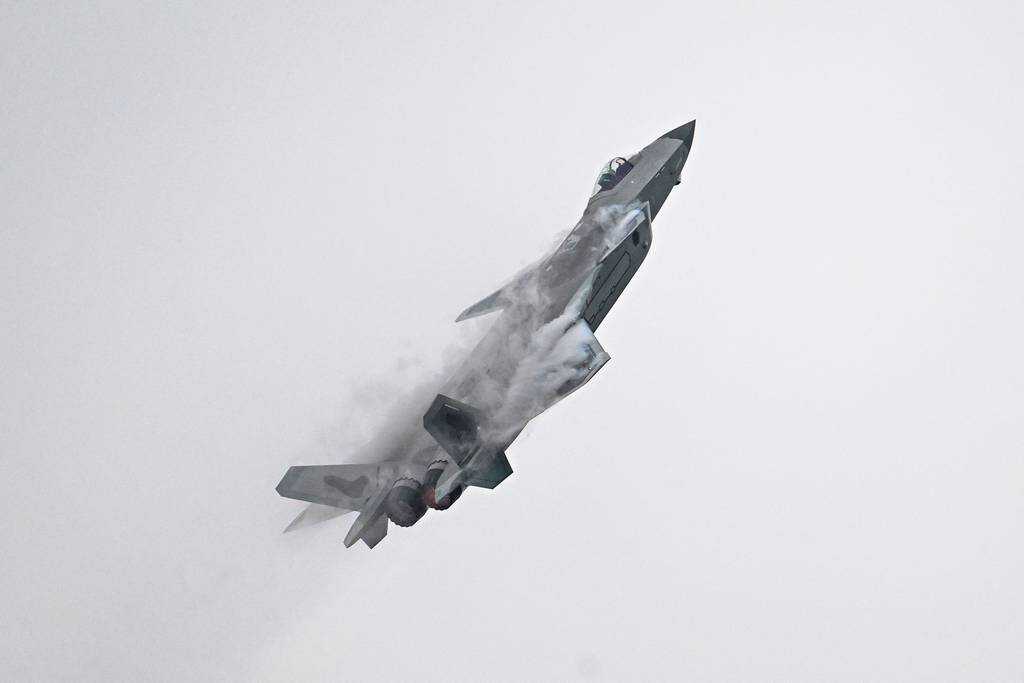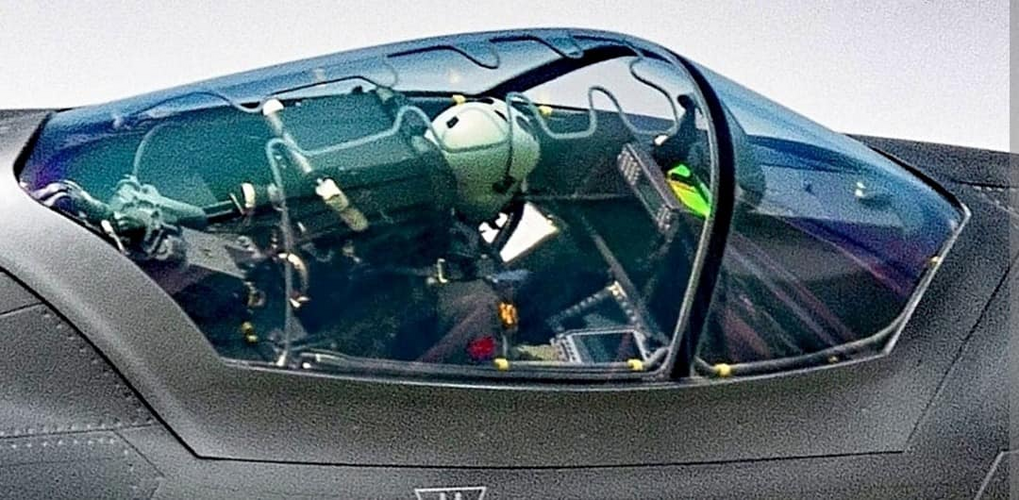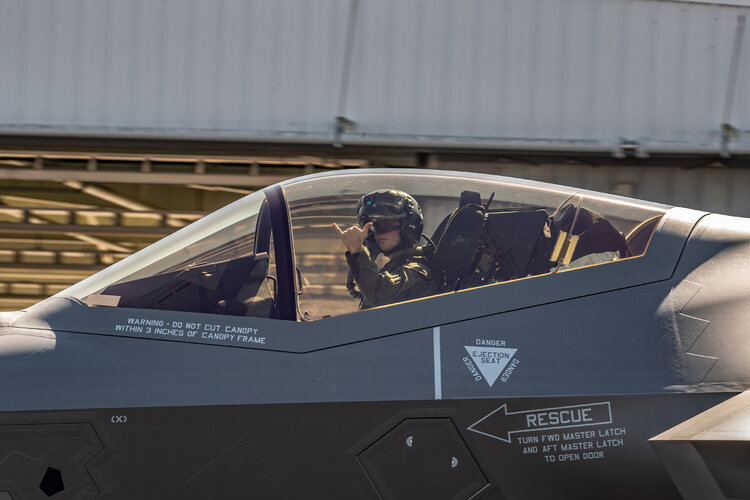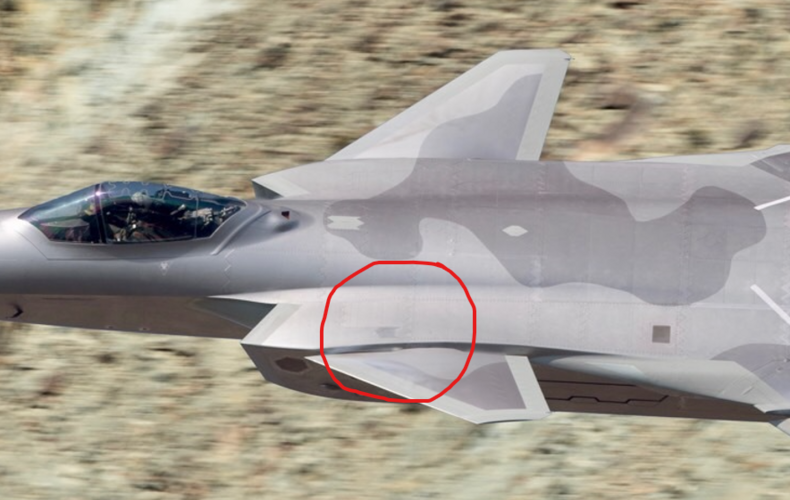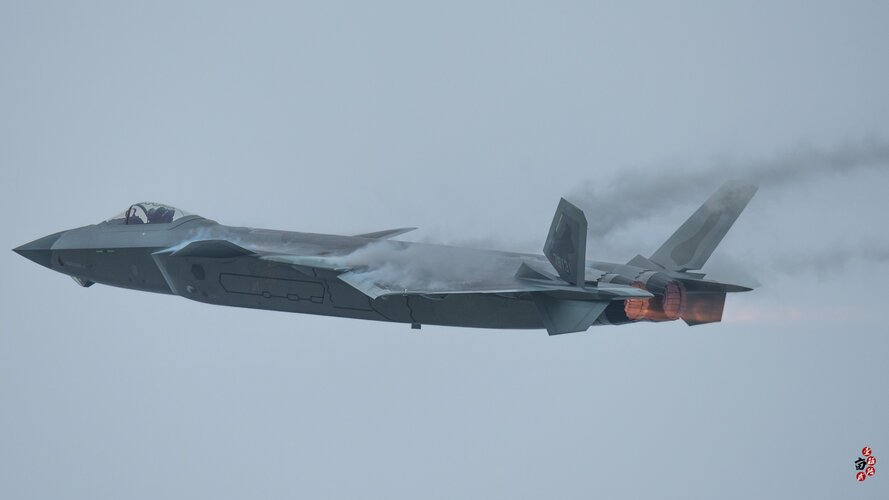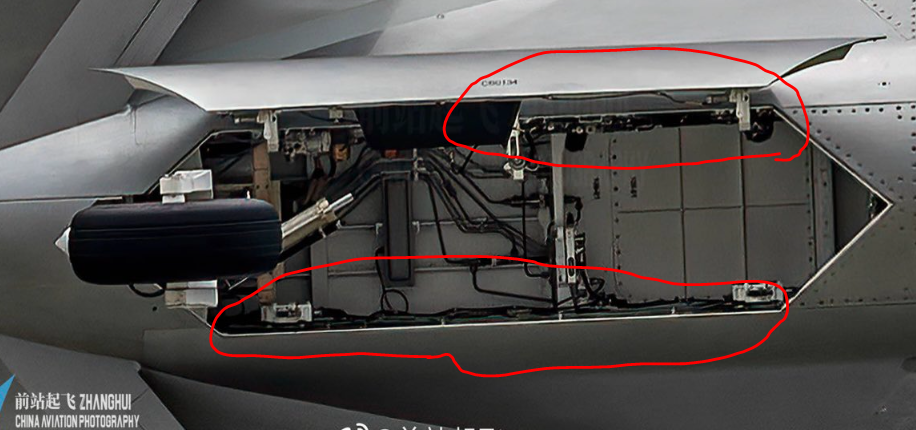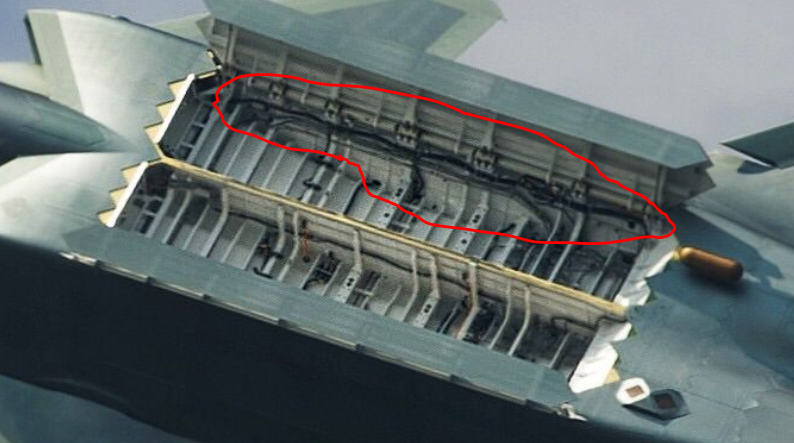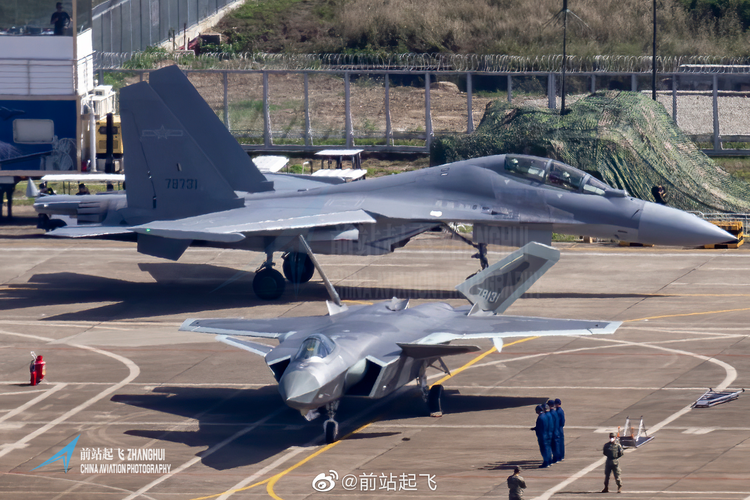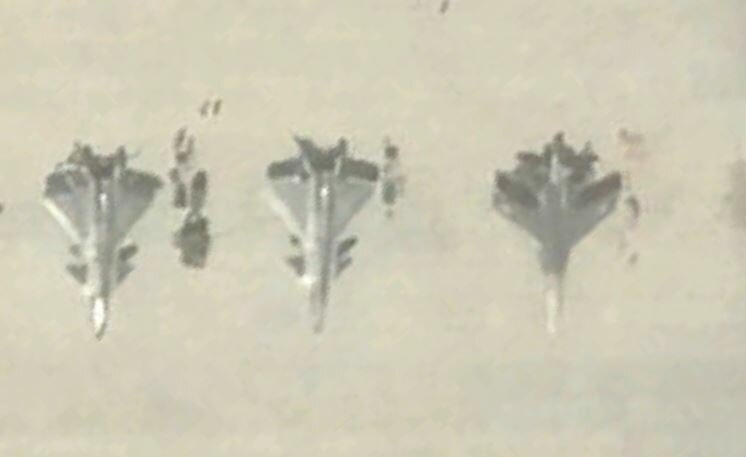- Joined
- 2 January 2006
- Messages
- 3,524
- Reaction score
- 3,121
The drones are definitely CGI.
Certainly looks like CGI, let’s wait and see what Deino has to say about them.
I think it is so much obvious that these are all only CGs ... in fact I don't understand all these doubts.
I wonder why China is bothering to put out CGI images when it is so blatantly obvious that they are, it just gets so annoying.
Simply since no real images available, since it is not "China" which is using such "blatantly obvious" images, but CCTV and most likely the reported who made this TV-report used them since they are fancy.
I think we need to differ between something "official" from a Chinese authority like CAC, AVIC or the PLAAF or "official" from CCTV, which is in no way an official announcement of some sort, but just a report that does not contradict the "official official" line of thoughts.

